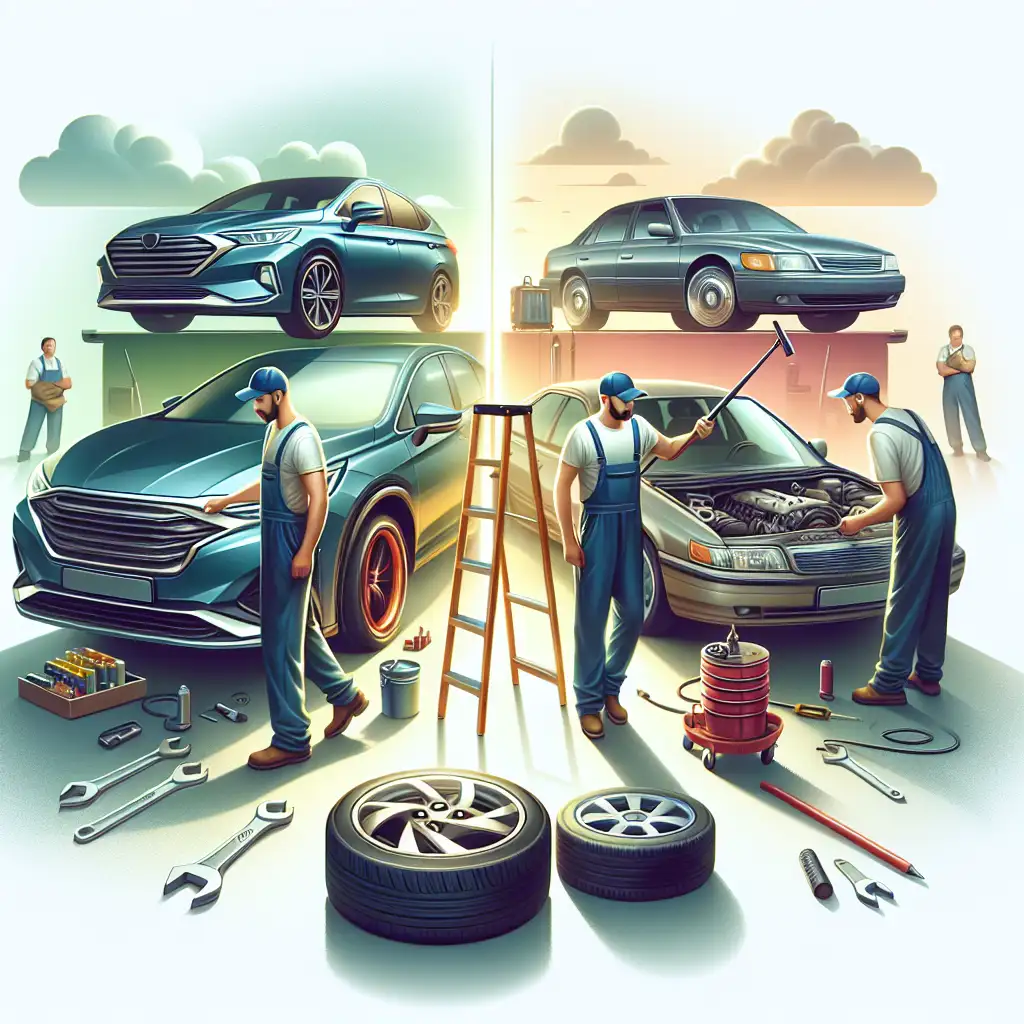Comparing Maintenance Costs of New vs. Used Cars
Evaluating how maintenance expenses differ between new and pre-owned vehicles to help you make an informed car-buying decision.

When it comes to buying a car, one of the most significant considerations is the cost of maintenance. Understanding how these costs differ between new and used cars can help you make a more informed decision. In this article, we'll explore the various factors that influence maintenance expenses for both new and pre-owned vehicles.
Understanding Maintenance Costs
Maintenance costs refer to the expenses incurred to keep a vehicle in good working condition. These costs can include routine services like oil changes, tire rotations, and brake inspections, as well as unexpected repairs. The age and condition of a car significantly impact these expenses.
Maintenance Costs for New Cars
Warranty Coverage
One of the primary advantages of purchasing a new car is the warranty coverage. Most new vehicles come with a manufacturer's warranty that covers major repairs and sometimes even routine maintenance for a certain period or mileage. This can significantly reduce out-of-pocket expenses during the initial years of ownership.
Lower Initial Maintenance
New cars typically require less maintenance in the first few years. With all parts being brand new, the likelihood of breakdowns or the need for major repairs is minimal. This can lead to lower maintenance costs compared to older vehicles.
Higher Depreciation
While maintenance costs may be lower, new cars depreciate faster than used cars. This means that while you might save on maintenance, the overall value of the car decreases more rapidly.
Maintenance Costs for Used Cars
Increased Repair Needs
Used cars, especially those with higher mileage, are more likely to require repairs. Parts may be worn, and systems may need more frequent attention. This can lead to higher maintenance costs over time.
Lower Purchase Price
One of the main benefits of buying a used car is the lower purchase price. This can offset some of the higher maintenance costs, making it a more affordable option for many buyers.
Potential for Higher Insurance Costs
Depending on the age and condition of the vehicle, insurance costs for used cars can sometimes be higher. This is due to the increased risk of breakdowns and the potential need for more extensive repairs.
Factors Influencing Maintenance Costs
- Make and Model: Some brands are known for their reliability and lower maintenance costs, while others may require more frequent repairs.
- Driving Habits: Aggressive driving can lead to more wear and tear, increasing maintenance needs.
- Location: Climate and road conditions can affect how often a car needs maintenance.
- Previous Maintenance: A well-maintained used car may have lower future maintenance costs compared to one that has been neglected.
Making an Informed Decision
When deciding between a new and used car, consider your budget, driving needs, and how long you plan to keep the vehicle. If you prefer lower initial maintenance costs and the peace of mind of a warranty, a new car might be the better choice. However, if you're looking for a more affordable purchase price and are willing to handle potential repairs, a used car could be a great option.
Ultimately, the decision will depend on your personal circumstances and preferences. By understanding the differences in maintenance costs, you can make a more informed choice that suits your needs.
 CarChooser
CarChooser